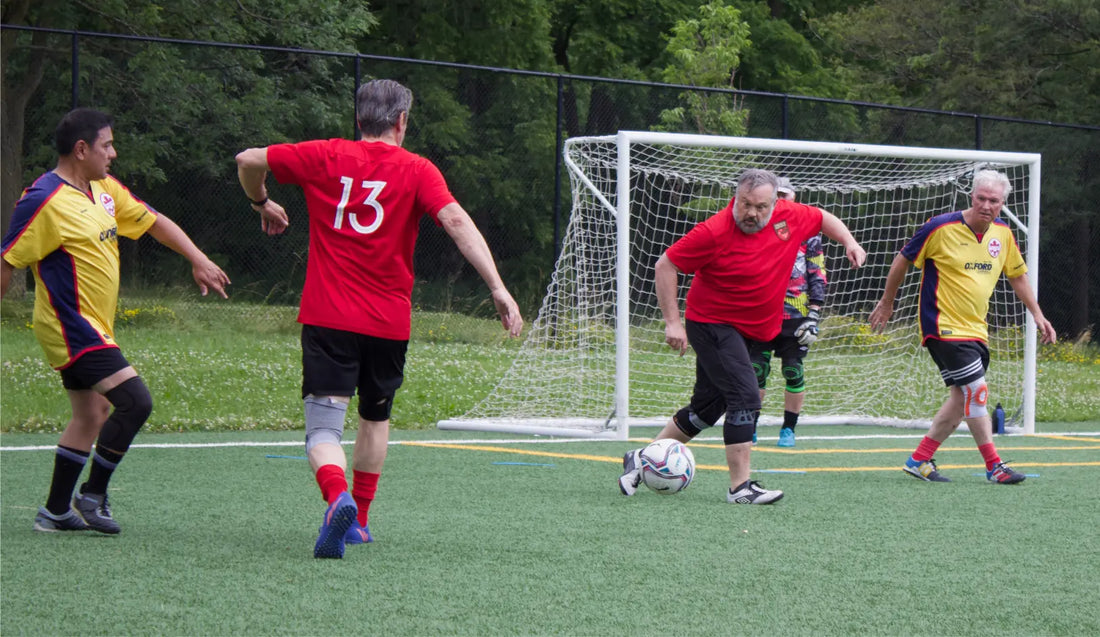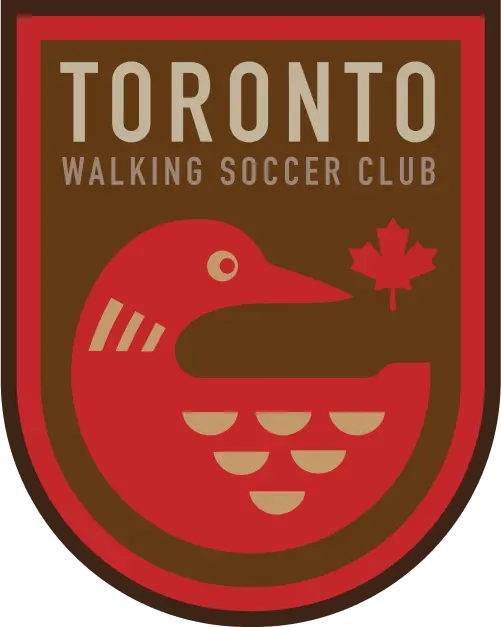
Combating Inactivity in Older Adults (50+): The Role of Walking Sports
Share
In recent years, inactivity has emerged as a global health crisis, particularly among older adults. According to the World Health Organization (WHO), insufficient physical activity is now recognized as a leading cause of death worldwide, accounting for more fatalities than smoking. The stark reality is that inactivity is contributing not only to premature death but also to increasing rates of disability among older populations. As we strive to promote healthier aging, one solution is gaining traction: walking sports.

The Alarming Rise of Inactivity-Related Mortality
Inactivity among older adults has reached epidemic levels. According to a 2020 study published in The Lancet Global Health, physical inactivity contributes to more than 5 million deaths annually across the globe. That’s more than the death toll from smoking, which accounts for around 3.8 million deaths. Inactivity has become a leading risk factor for non-communicable diseases such as heart disease, stroke, diabetes, and certain cancers. Furthermore, it significantly increases the risk of cognitive decline, osteoporosis, and mental health disorders such as depression and anxiety.
Older adults, in particular, are at higher risk of being inactive due to age-related factors such as decreased mobility, chronic pain, fear of injury, or simply the misconception that physical activity is not as beneficial later in life. In fact, according to the Centers for Disease Control and Prevention (CDC), approximately 23% of adults aged 65 and older are inactive, meaning they engage in no physical activity beyond the basic activities of daily living.
This growing epidemic of inactivity is not just a health issue—it’s also an economic one. A 2022 report by the World Economic Forum estimates that physical inactivity costs the global healthcare system around $54 billion annually, a number that is expected to rise as populations continue to age. Without urgent action, we risk seeing more older adults experiencing unnecessary physical and cognitive decline.
Walking Sports: A Solution to Promote Active Aging
While the statistics may seem grim, there is hope. Walking sports, a growing trend in many countries, offer a safe and effective way to help older adults re-engage with physical activity. Walking sports are essentially modified versions of popular sports such as football (soccer), basketball, or baseball, where the primary difference is that players must walk instead of run.
These adaptations are designed to accommodate the physical limitations that often come with aging, such as joint pain, reduced stamina, or decreased muscle mass, making them suitable for older adults. Walking sports provide numerous health benefits while also encouraging social interaction, mental stimulation, and a sense of community—factors that are critical to both physical and emotional well-being as we age.
The Health Benefits of Walking Sports
- Improved Cardiovascular Health: Walking sports offer an excellent cardiovascular workout, helping older adults maintain heart health without placing excessive strain on their bodies. According to the British Heart Foundation, walking just 30 minutes a day can reduce the risk of heart disease by up to 35%. Walking sports, which often involve longer periods of moderate-intensity activity, can have an even more profound effect, lowering blood pressure, improving circulation, and reducing the risk of stroke.
- Increased Muscle and Bone Strength: Muscle mass and bone density naturally decline with age, leading to frailty and an increased risk of falls and fractures. Walking sports incorporate both aerobic and resistance elements, helping to maintain muscle strength and bone density. A study published in The Journal of Aging and Physical Activity found that older adults who participated in walking football showed significant improvements in muscle strength, balance, and coordination after just 12 weeks.
- Enhanced Mental Health: Physical activity has long been associated with improved mental health, and walking sports are no exception. Engaging in these activities can help reduce symptoms of anxiety and depression, improve sleep quality, and enhance cognitive function. A study from the American Journal of Geriatric Psychiatry found that older adults who engaged in regular physical activity, including walking sports, were 40% less likely to develop cognitive impairments such as dementia.
- Reduced Risk of Disability: Physical inactivity is a major contributor to disability in older adults, particularly due to its impact on mobility and independence. Walking sports help older adults maintain functional mobility, which is essential for performing everyday activities such as climbing stairs, carrying groceries, or even getting out of a chair. According to the American Journal of Preventive Medicine, regular walking reduces the risk of disability by 25% in older adults, while those who participated in group sports saw an even greater reduction.

Social Connection and Longevity
One of the most compelling benefits of walking sports is the social aspect. Loneliness and isolation are common among older adults, and both have been linked to poor health outcomes, including increased mortality. Walking sports are typically played in teams, providing older adults with a regular opportunity to interact, build friendships, and experience a sense of camaraderie.
Social connection is a powerful determinant of health and longevity. A 2015 study from Brigham Young University found that individuals with strong social ties had a 50% greater likelihood of survival compared to those with weak social connections. By creating an environment that fosters social interaction, walking sports offer both physical and emotional benefits that contribute to overall well-being.
Making Walking Sports Accessible
Given the clear health benefits, promoting walking sports as a strategy for combating inactivity among older adults is a crucial step toward improving public health. However, for walking sports to truly make an impact, they need to be accessible to all older adults. This can be achieved through:
- Community Programs: Local governments, health organizations, and community centers should collaborate to create free or low-cost walking sports programs tailored to older adults. This could include walking football, netball, or basketball leagues.
- Education and Awareness: Many older adults may be unaware of the benefits of walking sports. Public health campaigns should emphasize that it is never too late to start exercising and that walking sports offer a fun, low-impact way to stay active.
- Inclusive Facilities: Communities should ensure that local sports facilities are age-friendly, with appropriate amenities such as non-slip surfaces, seating areas, and accessible changing rooms.
Conclusion
The epidemic of inactivity among older adults (50+) is a serious and growing concern. However, walking sports present an innovative solution to help combat this crisis by promoting active aging in a way that is both enjoyable and sustainable. Through regular participation in walking sports, older adults can improve their physical health, mental well-being, and social connections, ultimately leading to longer, healthier lives.
The time to act is now. By making walking sports more accessible and encouraging older adults to engage in physical activity, we can turn the tide on inactivity and promote healthier, more fulfilling lives for generations to come.
Do you want to stay fit and healthy? Try playing walking soccer with Toronto Walking Soccer Club! We'd love to meet you!
Contact us for more information
